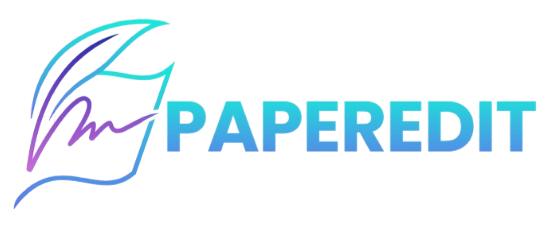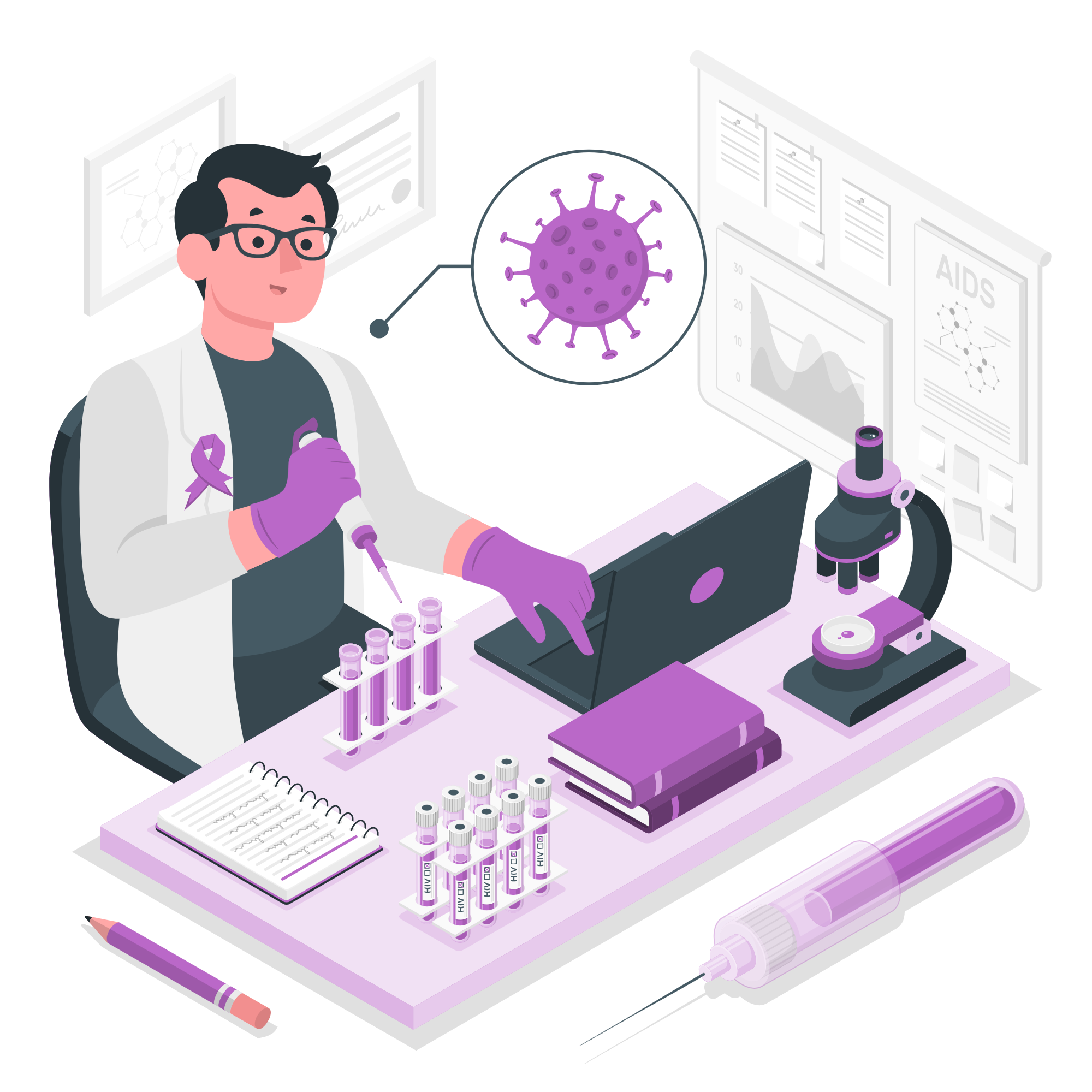How to Balance Technical Accuracy with Readability in Research Writing
Research writing is one of the most challenging tasks for students and academics. On one hand, you must maintain technical accuracy — presenting data, methods, and findings with precision. On the other hand, your writing must also be clear and readable so that your audience (professors, journal reviewers, or fellow researchers) can easily understand your work.
Striking this balance is not easy. Too much technical detail makes your paper difficult to read, while oversimplifying can reduce the accuracy of your findings. In this blog, we’ll explore practical strategies to achieve both.
Why Balancing Accuracy and Readability Matters
- For Professors and Supervisors – They need to see accurate results but also want clarity to evaluate your work quickly.
- For Journals – Editors and reviewers reject papers that are confusing, even if the research is strong.
- For Other Researchers – Your work should be replicable (accurate) but also accessible to readers outside your immediate field.
👉 In short: A good research paper should be technically correct AND easy to understand.
Common Problems Students Face
- Using overly complex jargon that makes the paper unreadable.
- Writing long, unclear sentences full of technical terms.
- Adding unnecessary data without explaining its relevance.
- Sacrificing accuracy by oversimplifying methods or results.
- Struggling with grammar and structure, which reduces readability.
Tips to Maintain Technical Accuracy
- Use Field-Specific Terminology Wisely
- Don’t avoid technical terms completely — they are necessary in research writing.
- However, define terms the first time you use them to help non-experts.
- Be Precise with Data and Methods
- Report exact values, equations, and procedures.
- Avoid vague descriptions like “a large number of participants” — give the actual number.
- Follow Citation and Formatting Guidelines
- Use the correct style (APA, MLA, Chicago, etc.) to ensure accuracy in references.
- Misquoting or misreferencing sources creates both technical and ethical issues.
Tips to Improve Readability
- Keep Sentences Clear and Concise
- Break long sentences into shorter ones.
- Use active voice where possible.
- Example:
❌ The experiment which was conducted by the researchers indicated that…
✅ The researchers conducted the experiment and found that…
- Organize with Headings and Subheadings
- Structure your paper logically: Introduction → Methods → Results → Discussion → Conclusion.
- Use headings to guide readers through your work.
- Explain Data with Visuals
- Use charts, tables, and graphs to present results instead of long paragraphs of numbers.
- Avoid Overuse of Jargon
- If a simpler word works, use it.
- Example: Instead of utilize, just write use.
- Read Aloud
- Reading your draft aloud helps identify awkward phrasing and overly complex sentences.
How Editing Helps Achieve the Balance
Editing plays a critical role in balancing technical accuracy with readability:
- Ensures your terminology is precise yet explained clearly.
- Improves flow and removes unnecessary jargon.
- Polishes grammar and sentence structure without changing the meaning.
- Formats data, tables, and references correctly.
- Enhances clarity so reviewers and professors can understand your work easily.
Quick Checklist Before Submitting Your Paper
✔ Are all technical terms defined clearly?
✔ Is every sentence easy to follow?
✔ Have you avoided unnecessary jargon?
✔ Are your data and results presented accurately with the correct units and values?
✔ Did you follow the required citation style (APA, MLA, etc.)?
✔ Did you proofread for grammar, punctuation, and flow?
Conclusion
Balancing technical accuracy with readability is the key to successful research writing. Your work should be precise enough for experts to trust your findings, yet clear enough for non-specialists to understand. Using simple language, structuring logically, and carefully editing your drafts can help you achieve this balance.
✨ Need professional help? At PaperEdit, we specialize in:
- Polishing research papers, theses, and dissertations
- Improving clarity while keeping technical accuracy
- Correcting grammar, structure, and flow
- Formatting according to APA, MLA, Chicago, or journal-specific guidelines
✅ With our expert editors, your research will be both accurate and highly readable — increasing your chances of acceptance and recognition.
📩 Contact PaperEdit today and make your research writing stand out.

